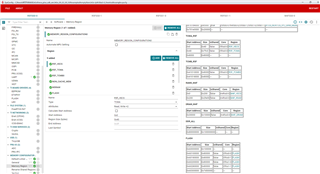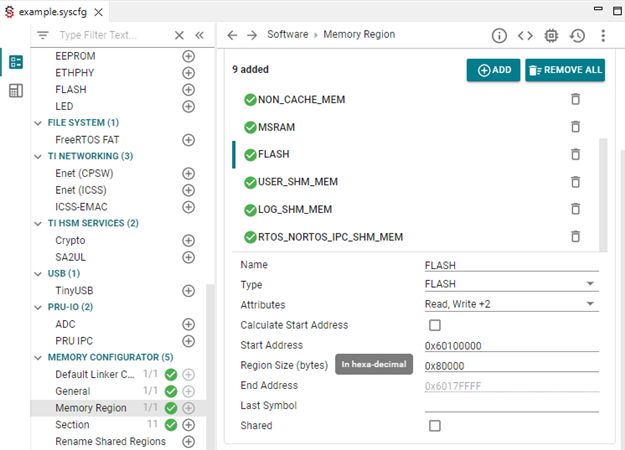Other Parts Discussed in Thread: SYSCONFIG
Tool/software:
Hi team,

1. TCMA-R5F : what is R5F_VECS area with address 0x0~0x40 for? can this be used by the user side as TCM?
2.does the TCMA start address need to be modified from the sample program?
3.RAM0_M4F : what is M4F_VECS area with address 0x0~0x200 for? can this be used by the user side as RAM?
4. there is no M4F core in flash, is this different from Applmage?
Regards,


